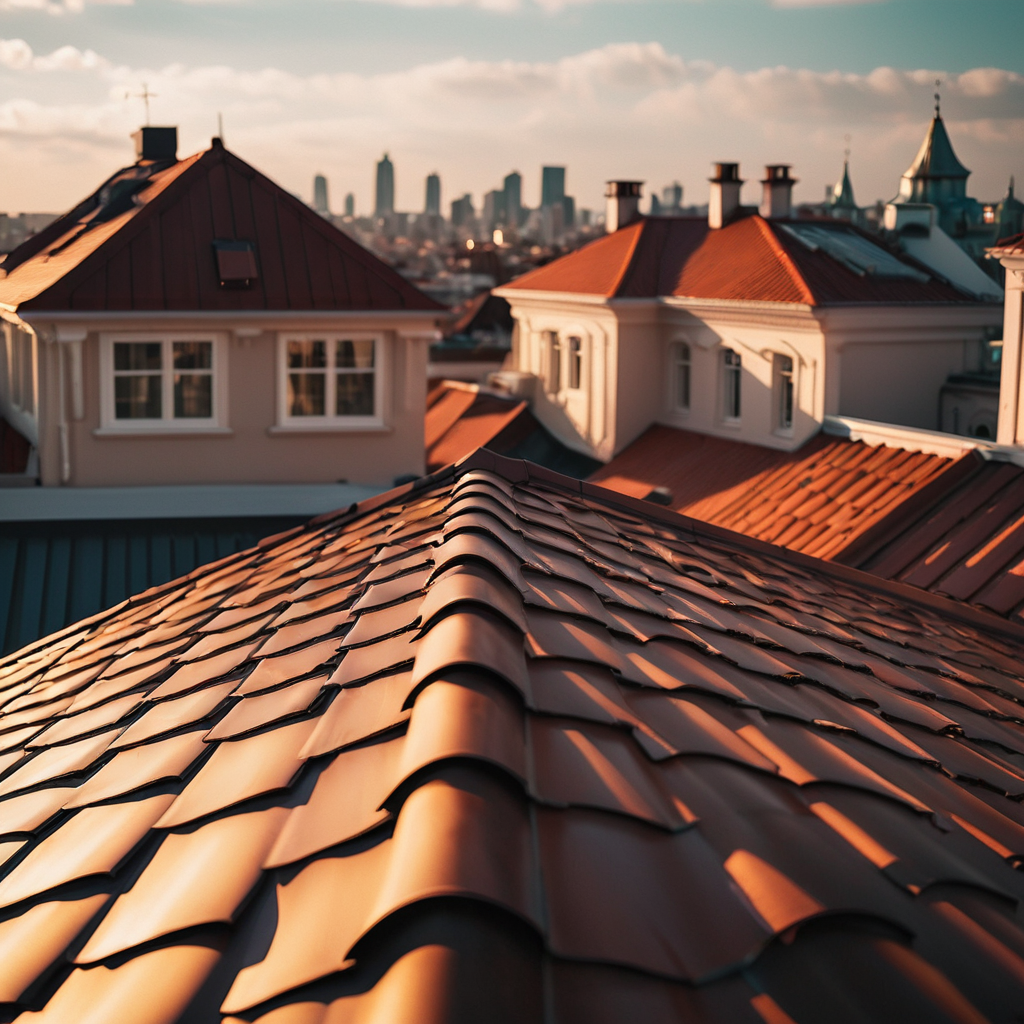
When it comes to roofing, the materials you choose are critical for the durability, efficiency, and aesthetics of your home. With the vast array of options available, homeowners can find it challenging to decide which material best suits their needs. This article explores the different types of roofing materials, highlighting their benefits and drawbacks, to help you make an informed decision.
1. Asphalt Shingles
Asphalt shingles are the most common roofing material in the United States due to their cost-effectiveness and ease of installation. They come in a variety of colors and styles, fitting a wide range of architectural designs. While they are durable, offering a lifespan of 20 to 30 years, they are less environmentally friendly and can be prone to algae growth in damp climates.
2. Metal Roofing
Metal roofs have gained popularity for their longevity, durability, and energy efficiency. Materials like aluminum, steel, copper, and zinc make them resistant to extreme weather conditions. Metal roofing can last up to 50 years or more with minimal maintenance. They are also environmentally friendly, often made from recycled materials and fully recyclable at the end of their life. However, the initial cost can be higher than other options.
3. Clay and Concrete Tiles
Clay and concrete tiles are favored for their aesthetic appeal and durability, often used in Mediterranean, Spanish, and Southwestern style homes. Clay tiles can last over 100 years, while concrete tiles have a lifespan of about 50 years. They are excellent for hot climates as they reflect sunlight, reducing cooling costs. However, they are heavy and may require additional structural support, which can increase installation costs.
4. Slate Roofing
Slate roofing is prized for its natural appearance, durability, and longevity, with some roofs lasting over 100 years. It is fire-resistant and can withstand harsh weather conditions. However, slate is one of the most expensive roofing materials and requires a skilled contractor for installation. Its weight also means that not all structures can support a slate roof without additional reinforcement.
5. Wood Shingles and Shakes
Wood shingles and shakes offer a natural, rustic look that can enhance the charm of a home, especially in coastal, rural, or historic settings. They are made from naturally durable woods like cedar and redwood, which can provide some resistance to rot and insect damage. However, they require regular maintenance to prevent moss, mold, and mildew growth and are not as fire-resistant as other materials unless treated with fire retardants.
6. Synthetic Roofing
Synthetic roofing materials, including rubber, plastic, and polymer roofing, are designed to mimic the appearance of natural materials like slate and wood. They offer the advantage of being lightweight, durable, and often more affordable than their natural counterparts. Synthetic roofing is also low maintenance and can be recycled at the end of its life. However, as a relatively new market product, long-term performance is still being evaluated.
7. Green Roofs
Green roofs, or living roofs, are covered with vegetation and soil, or a growing medium, planted over a waterproofing membrane. They are excellent for urban environments as they provide insulation, reduce heat absorption, and manage stormwater. Green roofs can also improve air quality and offer a habitat for wildlife. The initial installation and maintenance costs can be high, and they require a strong structural support system.
Conclusion
Choosing the right roofing material is a decision that affects the overall durability, energy efficiency, and aesthetic of your home. It’s essential to consider factors such as climate, the architectural style of your home, and your budget. While some materials may have a higher upfront cost, their longevity and energy savings can make them more cost-effective in the long run. Consulting with a professional roofing contractor can help you weigh your options and select the best material for your needs.
